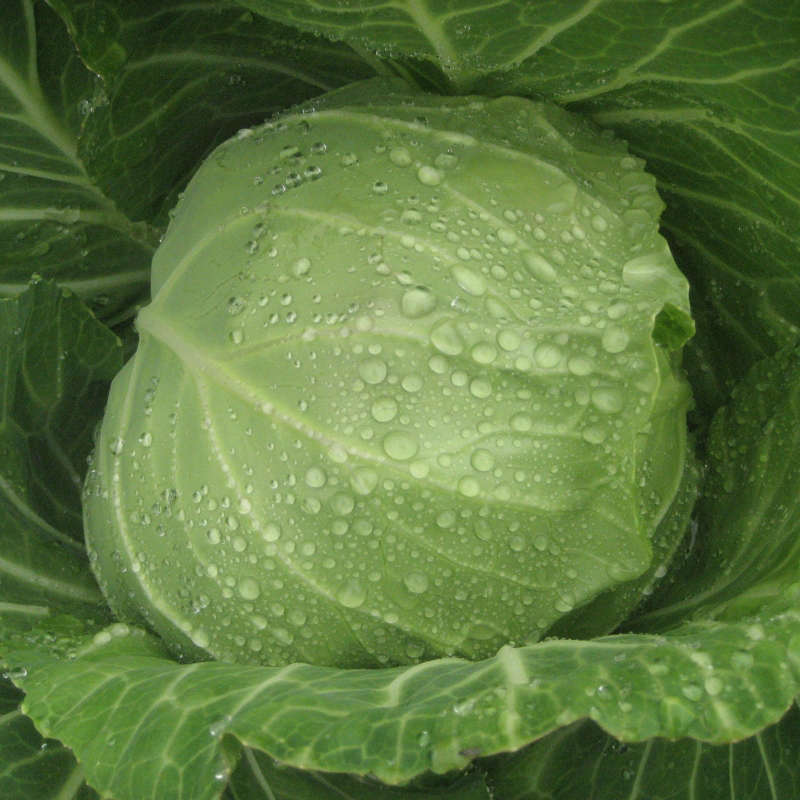

Unlike other members of the Brassica genus (broccoli, cabbage, kale), cauliflower needs pampering to flourish.
Cauliflower’s persnickety growing disposition requires cool temperatures and soil consistently moist and rich. When heads of Brassica oleracea var. botrytis are about the size of doorknobs, tie leaves over each for protection, called blanching. Cauliflower is typically a winter crop in mild climates, and growing zones with a cool spring can get a spring bounty as well.